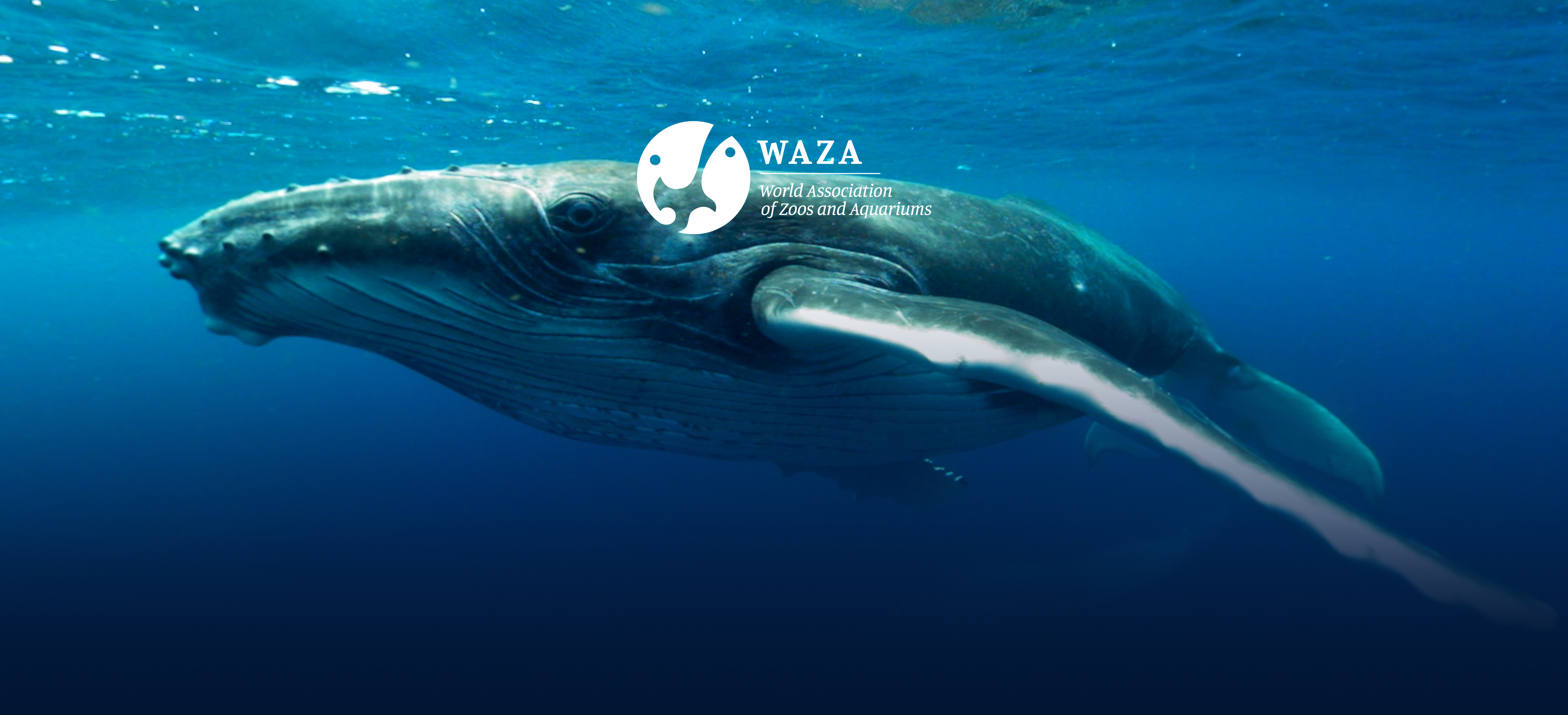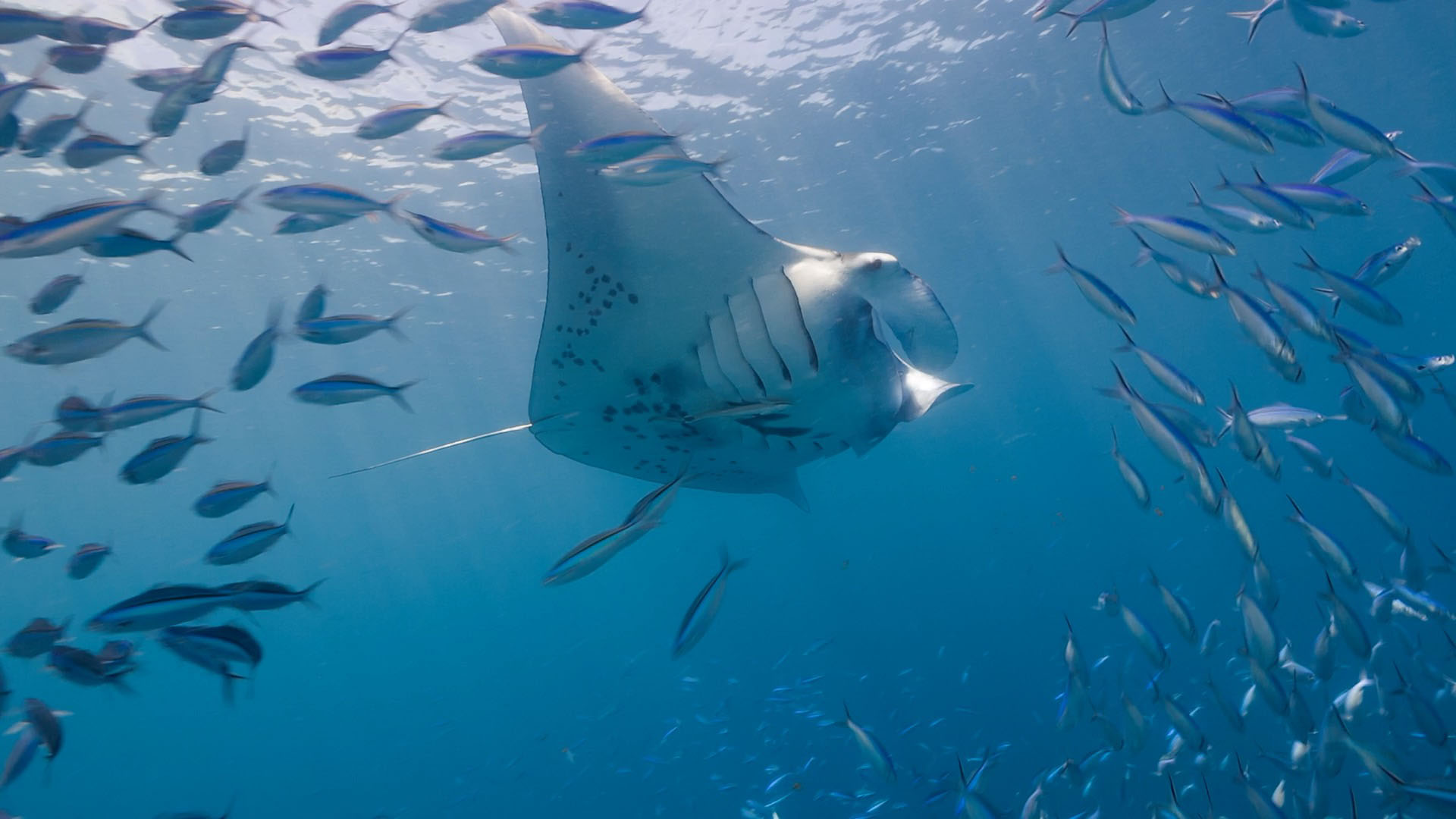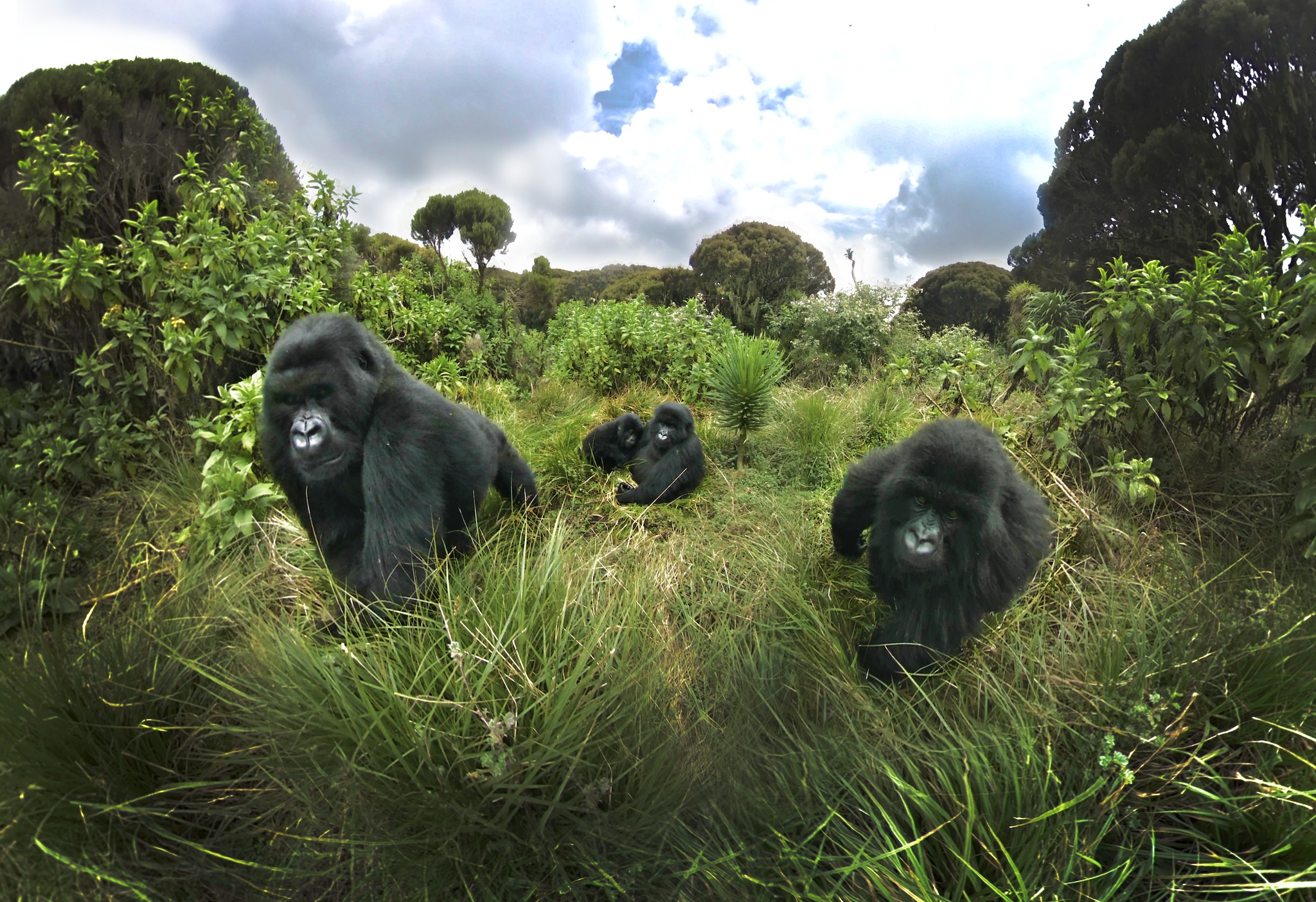Encouraging active and long-lasting engagement with the natural world is one of the prime goals of zoos and aquariums. Though some worry that technology will undermine their mission, keeping people at home and on their screens, others say that new technologies can strengthen the offering, guiding guests to a deeper understanding of animals in their natural habitats. Virtual reality (VR) has emerged as one of these game changing new technologies.
Immotion Group is one of the acknowledged leaders in the world of immersive edutainment, specialising in live-action virtual reality. “VR allows guests to live an experience they might not normally be able to do in the real world, from swimming with whales, diving with sharks or communing with gorillas,” explains Immotion’s Group Commercial Director, Rod Findley. “But the impact is so much greater than a simple video because you are transported to their actual habitat.” Over the past three years, Immotion has partnered with over 20 institutions worldwide. Their 360º, stereoscopic experiences are viewed on VR headsets synced with motion-enabled seats, giving a level of immersion that’s as close as you can get to actually being there. Directed by Emmy Award-winning directors and guided by marine biologists and conservation experts, these six-minute immersive films are each captivating in their own way.
But is the experience more than just an exhilarating motion ride? The answer is “yes.” Recent studies suggest that education is moreimpactful when combined with a “hands-on” experience with the subject matter. Using virtual technologies, learning is enhanced by the immersive process as more areas of the brain are stimulated. The science behind “muscle memory,” whereby learning and information are seemingly retained in the whole body, forms the foundation for immersive learning. When we are immersed in new environments where all our senses drink in information, we are more likely to hold onto that experience for a longer time. For example, we understand the humpback whale mother /calf bond because our bodies have virtually witnessed this relationship in the breeding grounds of Tonga. We remember the ecological importance of tiger sharks with vivid detail because we have dived on the ocean floor with these incredible marine animals. And we cannot forget the power and nobility of a gorilla family after visiting their mountain conclave in the Rwanda highlands. Additionally, the thrill of the VR experience triggers a dopamine response in the brain that accentuates the retention of information. Perhaps virtual reality is the purest form of “edutainment,” whereby education and entertainment brilliantly complement each other. Because immersive learning accelerates and accentuates our ability to comprehend and retain information about the natural world, it has become an important tool for many institutions to amplify their conservation messaging. For example, zoos and aquariums are educational centres, connecting the general population with information to protect the planet’s wildlife and biodiversity. By tapping into virtual reality and the power of immersive learning, we can celebrate the conservation success stories of humpback whales; we can view first-hand the tragic decline of coral reefs around the world, and we can appreciate the need to protect sharks and other misunderstood predators in fragile ecosystems. Immotion typically combines its VR theatres with an interactive pre-show providing guests context to the adventure they are about to embark upon. “Every experience we create is a journey of exploration for us as well. Our team researches and explores every aspect of the animals we feature. We distil this down to its essence to present to the guests. They have to be transported and excited by what we’re presenting, or they won’t engage. At its basic level, it is an educational experience, but if you ask guests on the way out, they’d most likely say, ‘It was awesome.’ And that’s what we’re going for.” The path is only just beginning for immersive learning, and technologies like virtual and augmented reality could be keys to not only driving more attendance at zoos and aquariums but also engaging more deeply with the guests during their visit.


 Prev post
Prev post Next post
Next post
 read article
read article
